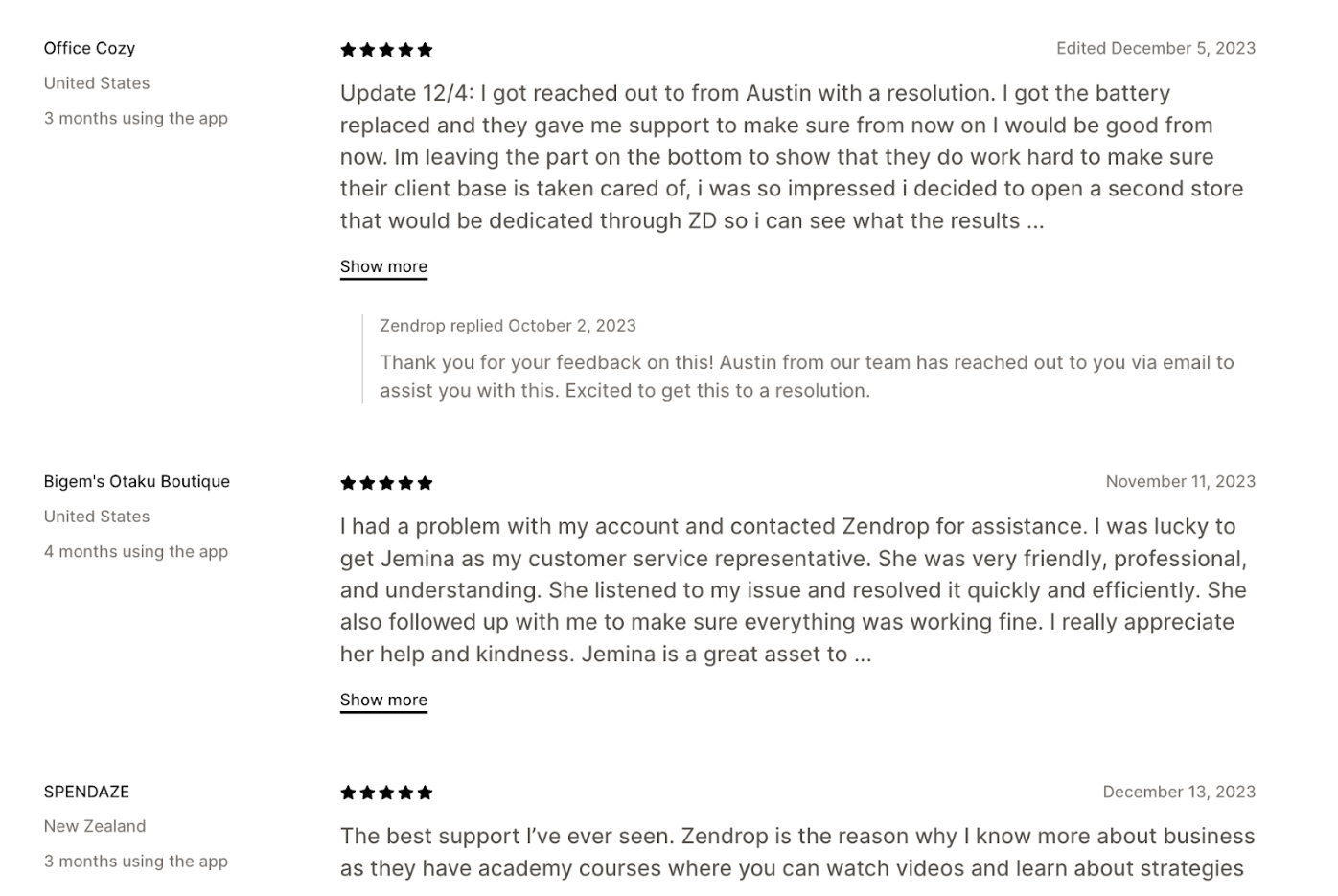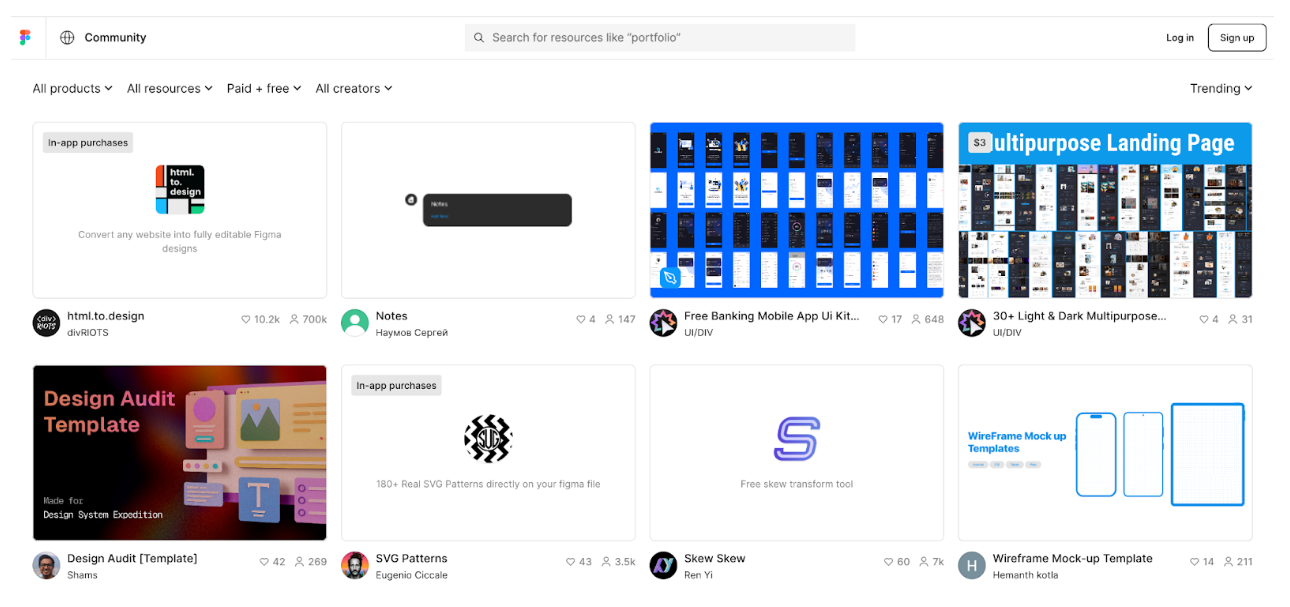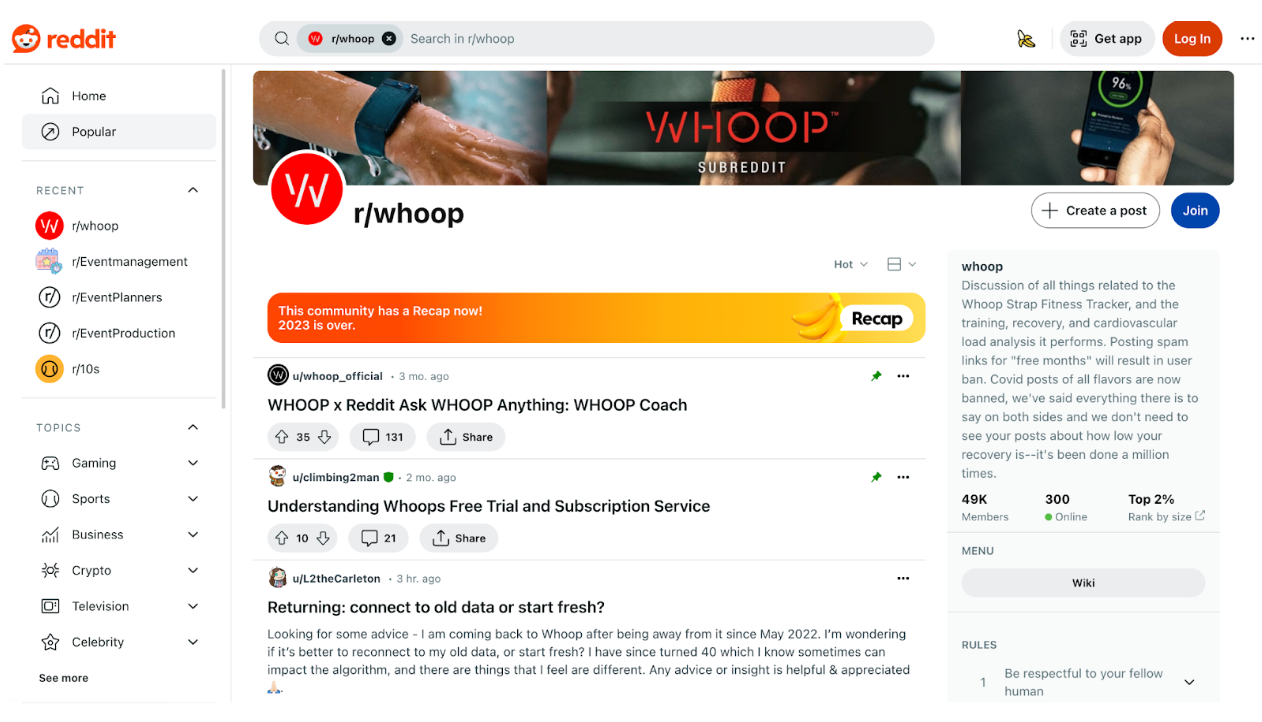For almost every company on the planet, customer retention is of critical concern.
So why is it that so many companies reduce client communication to transactional exchanges that fail to create meaningful connections?
If you’re only reaching out to your customers when a problem arises or to advertise a new promotion or product release, you’re missing out on a huge opportunity.
Communicating proactively and intentionally building connections with each and every customer minimizes churn and boosts retention.
In this article, we’re going to explore five proven strategies for creating an impactful customer connection.
What is customer connection & why does it matter?
Customer connection is a fairly broad concept.
It generally concerns all interactions you have with a customer.
This can be in relation to the product or service you offer as well as interactions outside of the transactional realm, like customer interviews.
Building a strong customer connection is mostly about the latter: creating opportunities to engage with customers outside of your product or service.
Customer connection isn’t a standalone metric in itself, though common KPIs such as churn rate and customer lifetime value (CLTV) can be used as proxies.
We can also say more broadly that companies with strong customer connections have more satisfied customers, have stronger customer retention, have higher CLTVs, and see more revenue from referrals and positive reviews.
In short, better customer connections lead to more revenue in the long term.
Why is it so hard to foster customer connections?
The primary reason most companies don’t have a great customer connection is that they don’t invest in proactive communications.
Instead, they only speak with customers when they are trying to close the deal, resolving a complaint or support ticket, or handling a cancellation request.
But even those businesses that do try to foster strong relationships with customers find it difficult.
Often, that’s because businesses overestimate their brand equity (one of four customer connection mistakes we’ll cover shortly).
They think that all of their customers are brand zealots when in the majority of cases, customers care much more about the value they receive from the product or service than they do the brand name.
Companies then focus on interactions between the brand and the customer. But people don’t form relationships with brands—they form relationships with people.
Consider these customer reviews for Zendrop, a dropshipping and print-on-demand app for Shopify.

In each instance, the resounding customer connection is with—you guessed it—a real person (the customer support rep).
In other cases, brands overdo it and end up overcommunicating, leading to, at best, high unsubscribe rates.
Below, we’re going to cover five powerful ways to create and sustain customer connections. In keeping with the above advice, they’re all going to be human-centric.
5 impactful ways to create & sustain customer connection
Each of the five strategies we discuss below works well on its own, but they aren’t designed to be alternatives. For your best shot at engaging customer relationships, implement all five (and take our advice on the use of video!).
1. Personalize. Personalize. Personalize.
Personalization is not a tactic that you should consider using. Rather, it is a proven practice that applies to all customer communications, from sales to support.
True personalization goes beyond using the customer's name in marketing efforts (though this is a good start).
It means that:
Customer support accesses and reviews a log of previous communications when resolving tickets
Shopping and communications preferences are collected and then applied
Promotional emails come with contextual recommendations
Let’s consider that last point: contextual product recommendations.
Whenever you send a promotional email, the products you recommend are based on that person’s shopping preferences and history.
That could include products they’ve bought previously and might have used up by now, or those that would complement a previous purchase.
This email from Laura Mercier is a great example of personalized email communication designed to create a customer connection.

Two ways this email could be even better, though:
First, provide a personalized discount code (their name, for example).
Second, send the email from a human rather than from a business.
“Hey, it’s Jane from Laura Mercier” conveys dedication from the humans behind the brand.
Even better, have someone from the marketing team record a quick video with Loom, introducing themselves and the offer. Keep this fairly general so you can use it for all customers.
2. Choose long-form interviews over short-form surveys
Regularly capturing feedback is critical for building a more customer-centric business and improving the overall customer experience.
But most companies do this with short-form surveys, which, while great for capturing a lot of data, aren’t that engaging. In the worst of cases, they can lead customers to feel like a number in your CRM rather than a valued client. Especially if the surveys bombard them before they’ve had a chance to interact with your service or use your product.
Consider replacing or supplementing those surveys with long-form interviews to elicit more qualitative insights and create meaningful connections with customers.
Live interviews are ideal for diving deeper, but to accomplish this at scale, record a Loom video with the key questions you want to ask and send that in a personalized email. Then, your customers can send back their answers in their own video!
3. Set the bar high for customer support
We’re advocates for proactive communications that serve specifically to enhance customer connection. But it’s important to remember that reactive communications are still going to be part of the picture.
Your customers are still going to send feedback or issues through customer support tickets, for example.
Rather than seeing this as a cost center, it should be viewed as an additional opportunity to enhance customer connection.
Response and resolution times should be of critical concern.
Where possible, have the same support agent or customer success manager maintain communications with a given client. This helps connect the customer to a real-life human well-versed in their experience and expectations.
A third area of focus should be the available contact methods for customer support. Most organizations only offer support via email or chat, and sometimes via phone.
Consider how video, either live or recorded, can be used to enhance the customer support experience. Video puts a face to the voice on the other end of the line, helping customers feel that the support rep they’re dealing with is genuinely interested in helping them.
For instance, rather than simply copying and pasting a link to a piece of support documentation that guides the customer through the issue at hand, your support rep might record a brief custom Loom video that shows them exactly how to resolve the issue.
The effort displayed in producing a brief, customized clip–while effortless for your team, thanks to Loom—makes an impact on your customers.
4. Remove points of friction
Focus on meeting customer needs quickly by removing friction points.
Your customer satisfaction surveys and interviews will help you uncover these. Customer support tickets and negative reviews on social media and review sites also provide important insights.
For example, many organizations use automated chatbots to communicate with customers.
These are great tools for promptly engaging with a customer, but they can often become points of friction, especially when customers would rather speak face-to-face with a real person, but can’t until they jump through a few chatbot hoops. We’ve all felt this while wandering through a customer service phone system trying to speak to a real rep on the other side.
In this case, providing a “Connect to a Human” button available at all times can resolve this friction.
Make a habit of reviewing your customer feedback on a monthly basis to identify friction points.
Once you’ve resolved a given issue, follow up with those who provided the initial customer insight so you can assess how they feel about their experience.
5. Nurture an engaged community
One of the best ways to foster strong customer relationships—and increase customer loyalty while you’re at it—is to build a community for all of your users and superfans.
Design tool Figma has an excellent community where loyal customers head to ask for advice and share their own guides and experiences using the platform.

This is an extremely detailed and well-done example of a connected customer base.
One way to achieve a similar result with less effort would be to create a subreddit for your product, like fitness tracker WHOOP.

You can foster customer interactions by facilitating polls, creating question-based threads, and responding to customer inquiries with custom Loom videos featuring real people.
Grow long-lasting customer connections with Loom
You might have noticed somewhat of a trend across the five strategies we discussed above.
They all use video recordings and real human beings to better connect with your customers (who, by the way, are humans, too).
As most brands are continuously disconnecting—using automation and artificial intelligence to handle customer interactions—you have an opportunity to stand out with unique, personalized customer relationships, powered by video.
Loom provides a new way to connect with customers, wherever they are.

